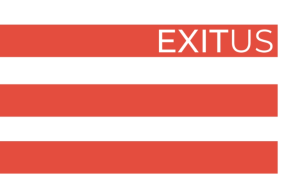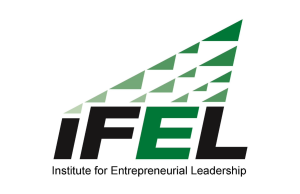In the technical, legal sense, “whistleblowing” involves invoking formal processes established by statute for a person (usually an employee) to protect herself/himself from retaliation for reporting alleged violations of certain laws.
According to Tim Delaney is the president and chief executive officer of the National Council of Nonprofits in Washington, D.C., most whistleblower laws are relatively new, as are the terms “whistleblowing” and “whistleblower.” (Neither the 1973 edition of The American Heritage Dictionary nor 1978 edition of Black’s Law Dictionary contain the words.) Congress enacted the Whistleblower Protection Act in 1989. Since then, Congress has passed multiple whistleblowing statutes in specific contexts, as have the states.
But the informal, colloquial sense of “whistleblowing” covers much more. Just as sports referees blow whistles to stop play when there has been a violation of the rules, individuals can blow a proverbial whistle to call attention to — and try to stop or report — bad acts. Whistleblowing involves calling attention to perceived violations of expectations, norms, rules, requirements, laws, according to Delaney. It occurs not only in the nonprofit sector, but also in the for-profit and government sectors, as well as in most familial, educational, and other sets of social relationships.
“Whistleblowing occurs in a seemingly endless array of settings and methods,” according to Delaney. They including:
- A media tip: When someone feeds a tip to a journalist about a bad act that can or did hurt the public unless a story is published to stop or expose the bad actors – such as “Deep Throat,” the government insider who exposed corruption in the Nixon White House to the Washington Post. [Although, as you know, people can give a false tip to smear someone.]
- An employee:
- Filing a complaint with HR about their supervisor;
- Calling an anonymous hotline the company created for employees to report perceived transgressions of laws or internal policies; and,
- Contacting government officials about known faulty brakes when the company failed to take action.
- A witness:
- From the “trivial,” such as a sibling yelling, “Mommy, Billie just cheated in our game,” and a young student reporting to the teacher that someone cheated on the test;
- To the serious, such as someone who saw a violent crime and wants to go into Witness Protection after testifying for fear of retaliation; and,
- To the co-conspirator who told law enforcement, hoping for leniency.
He warned that not all whistleblowing is created equal. Many complaints are made in good faith (e.g., by aggrieved employees). Other times whistleblowing has been weaponized to smear someone or an organization (e.g., by disgruntled employees or a competitor).











